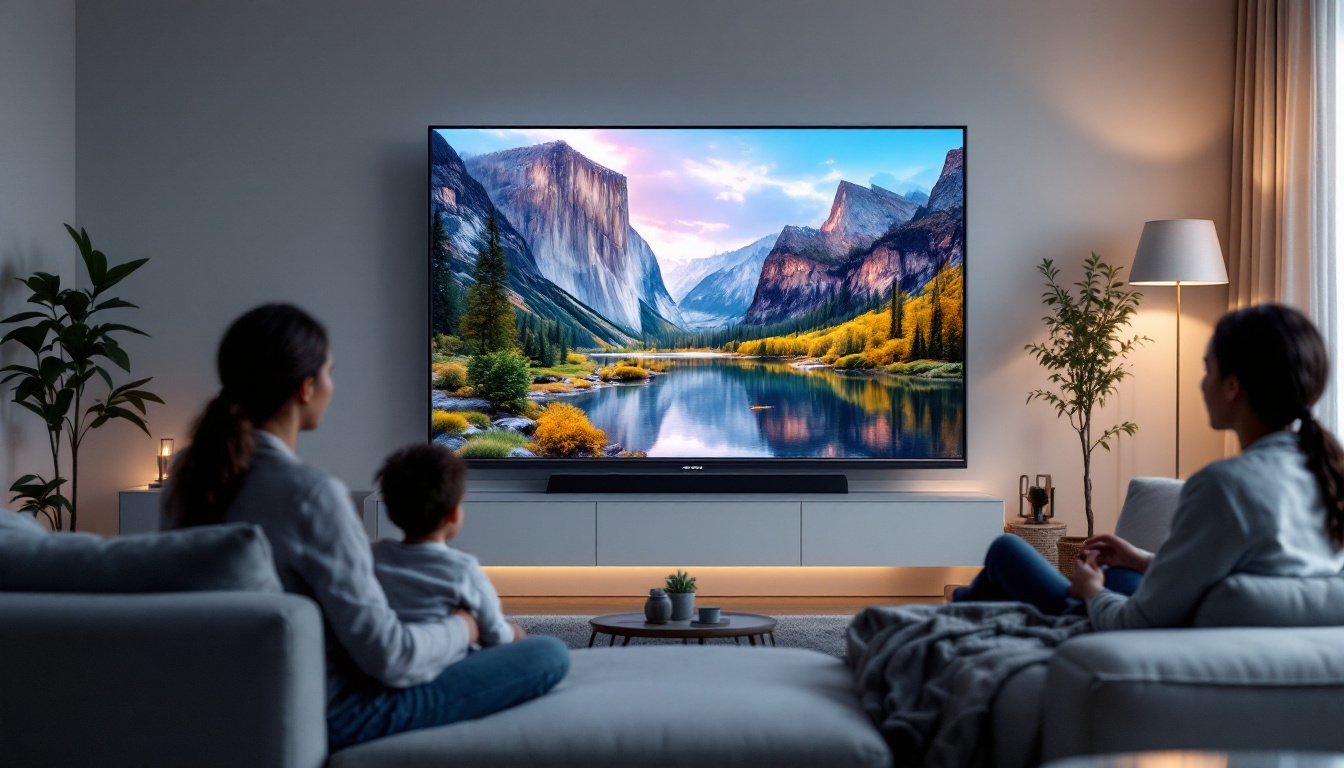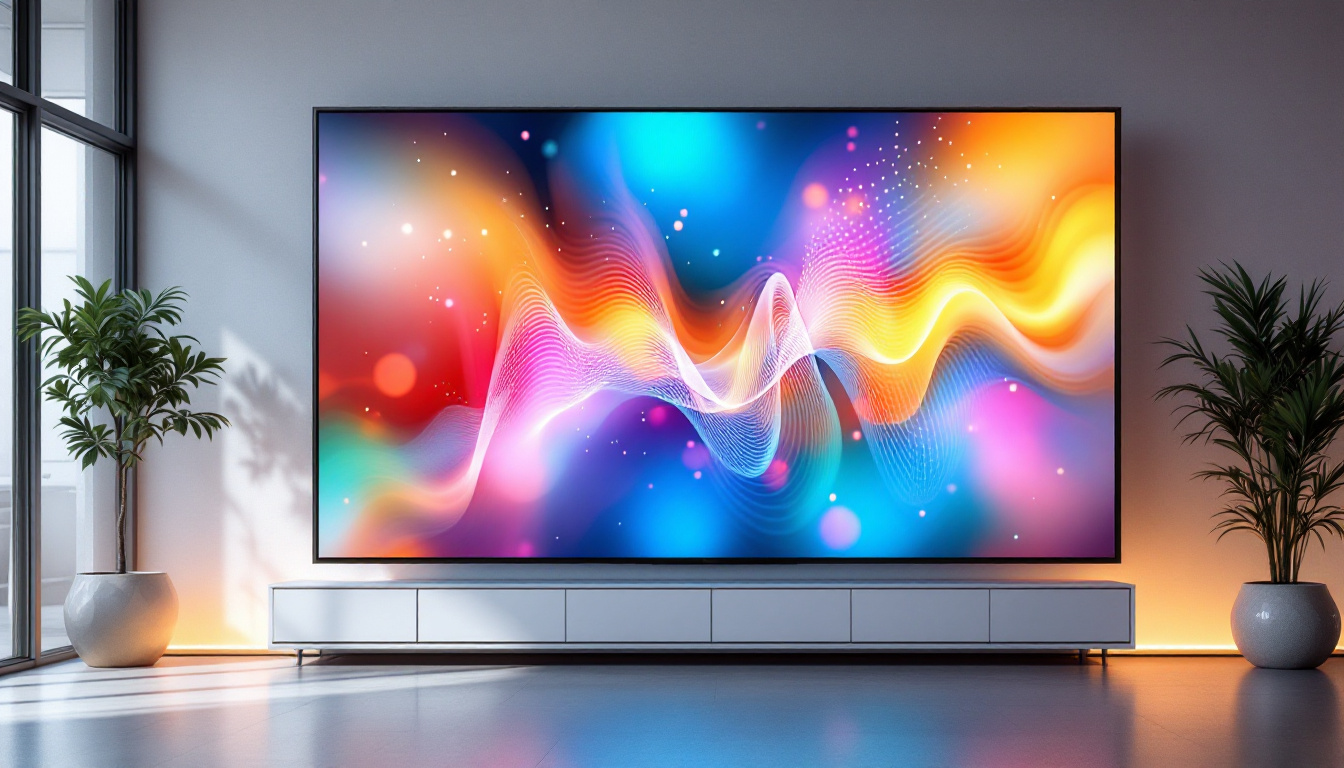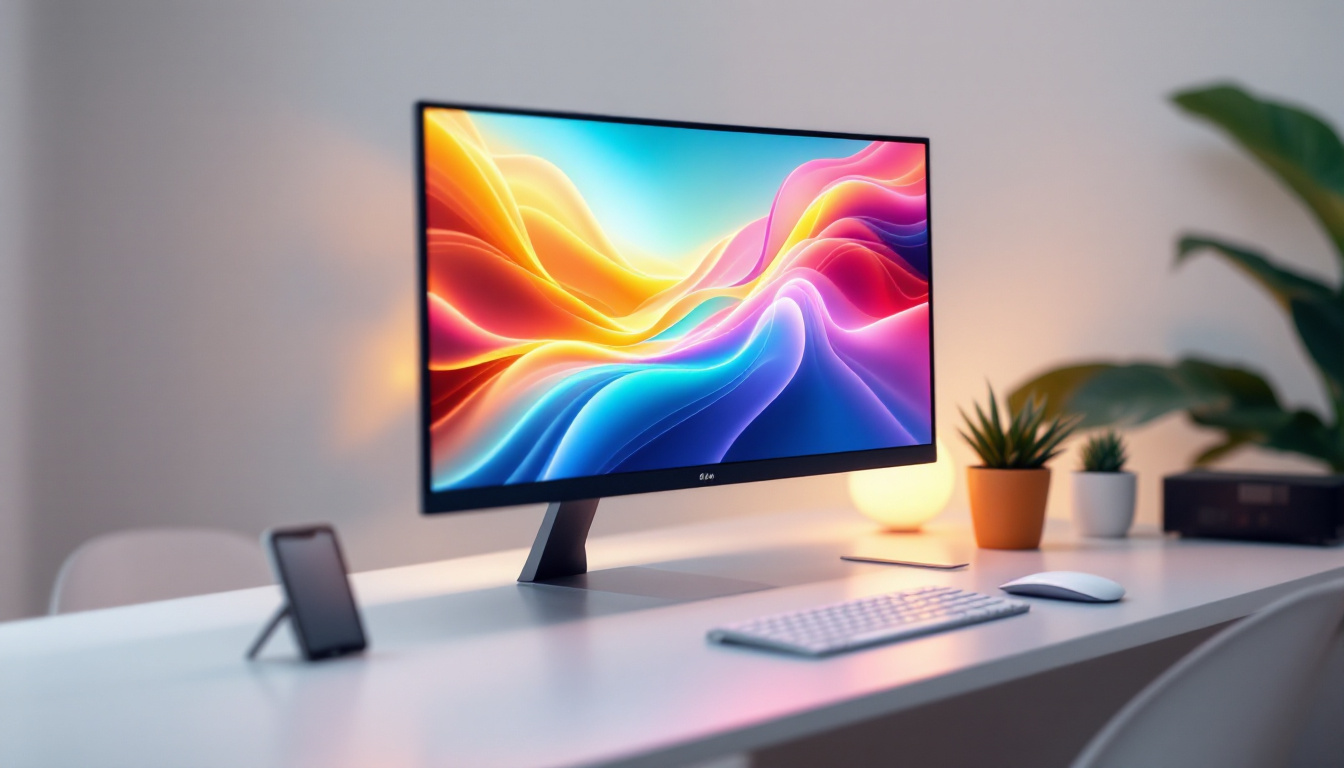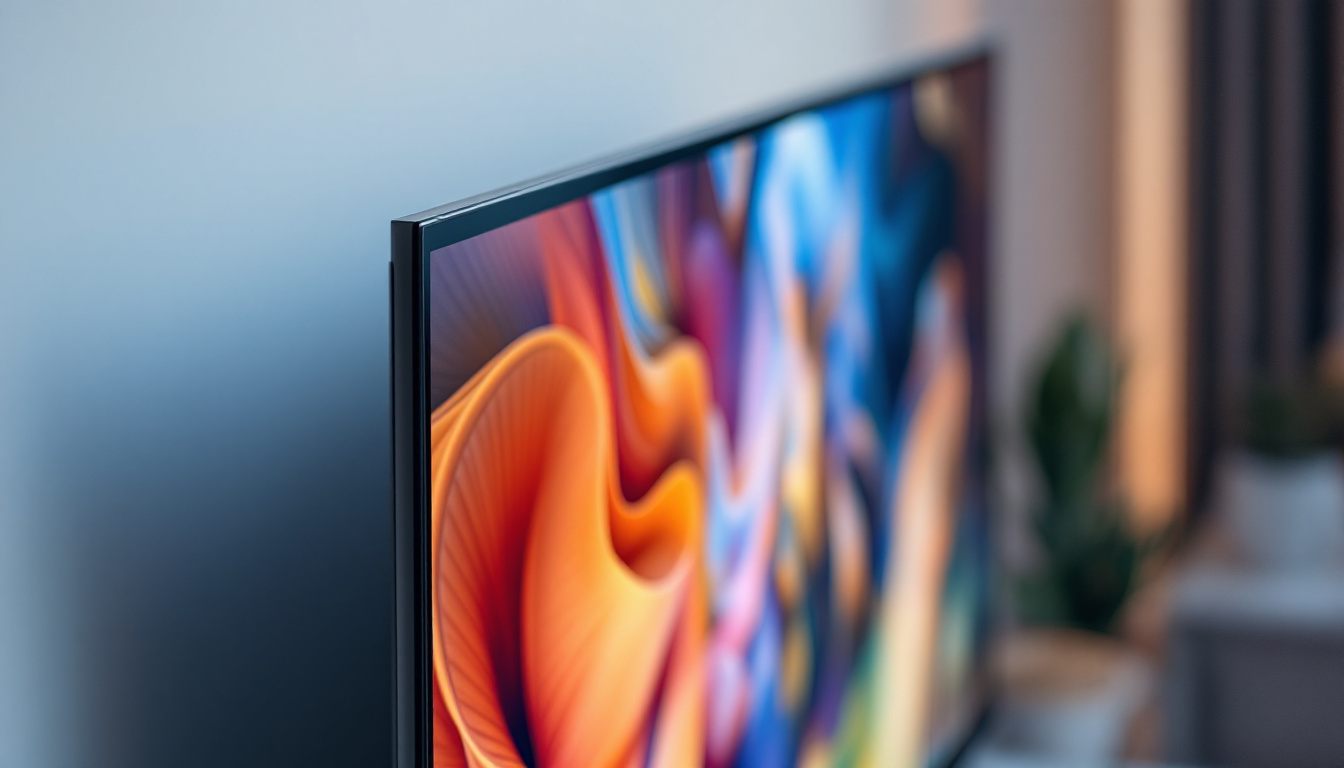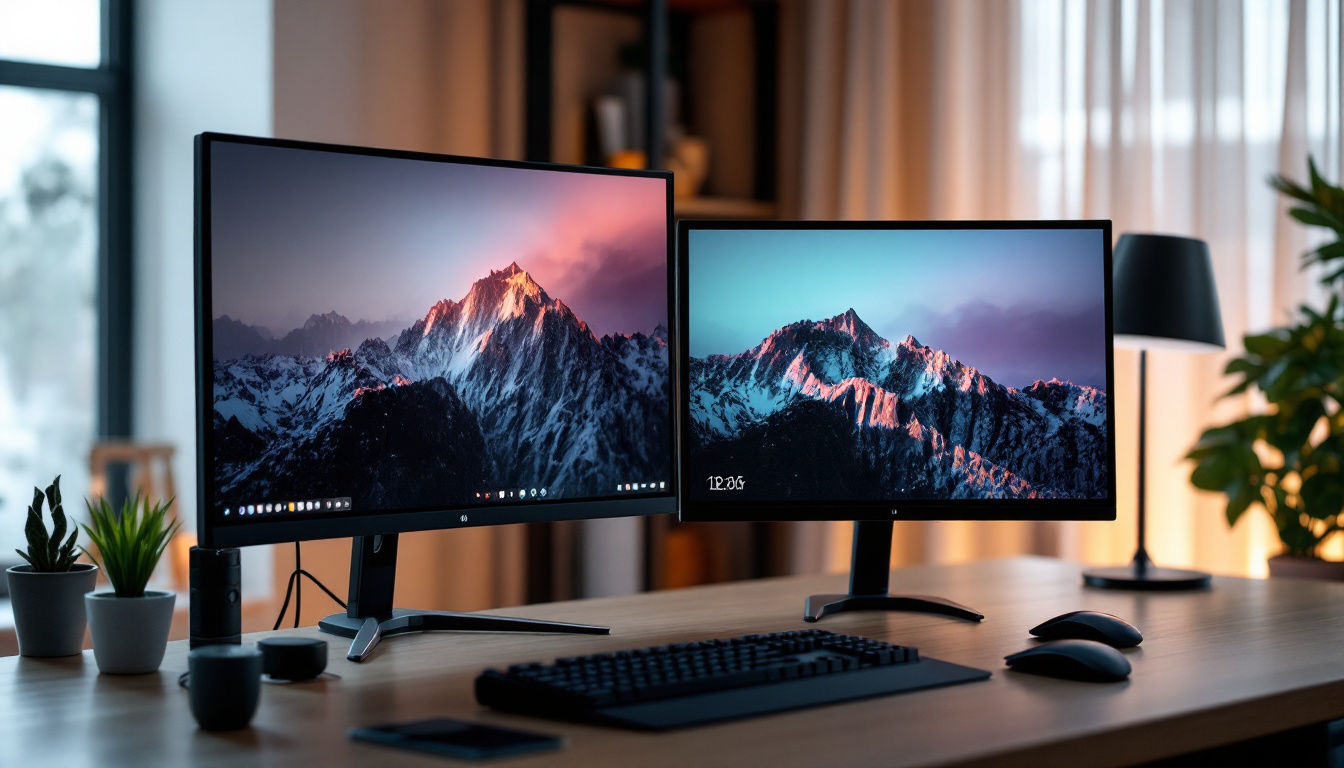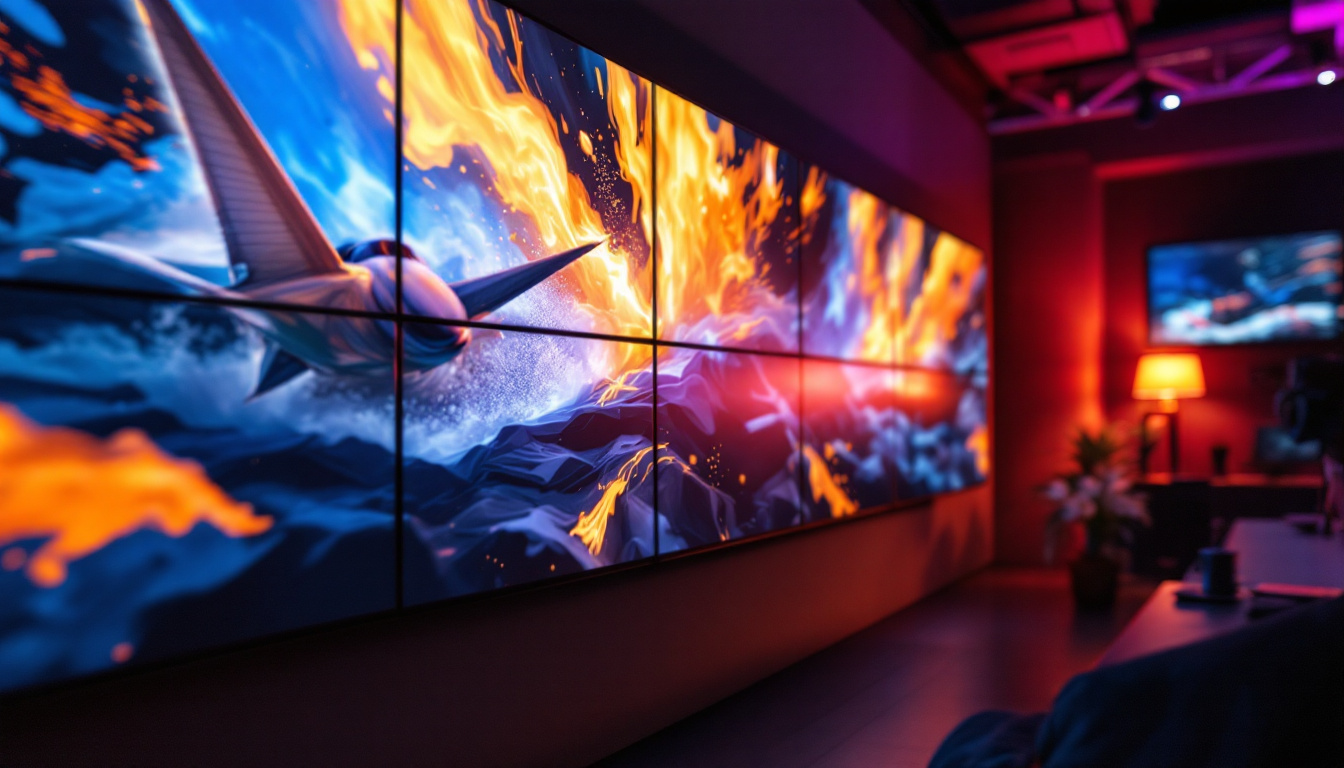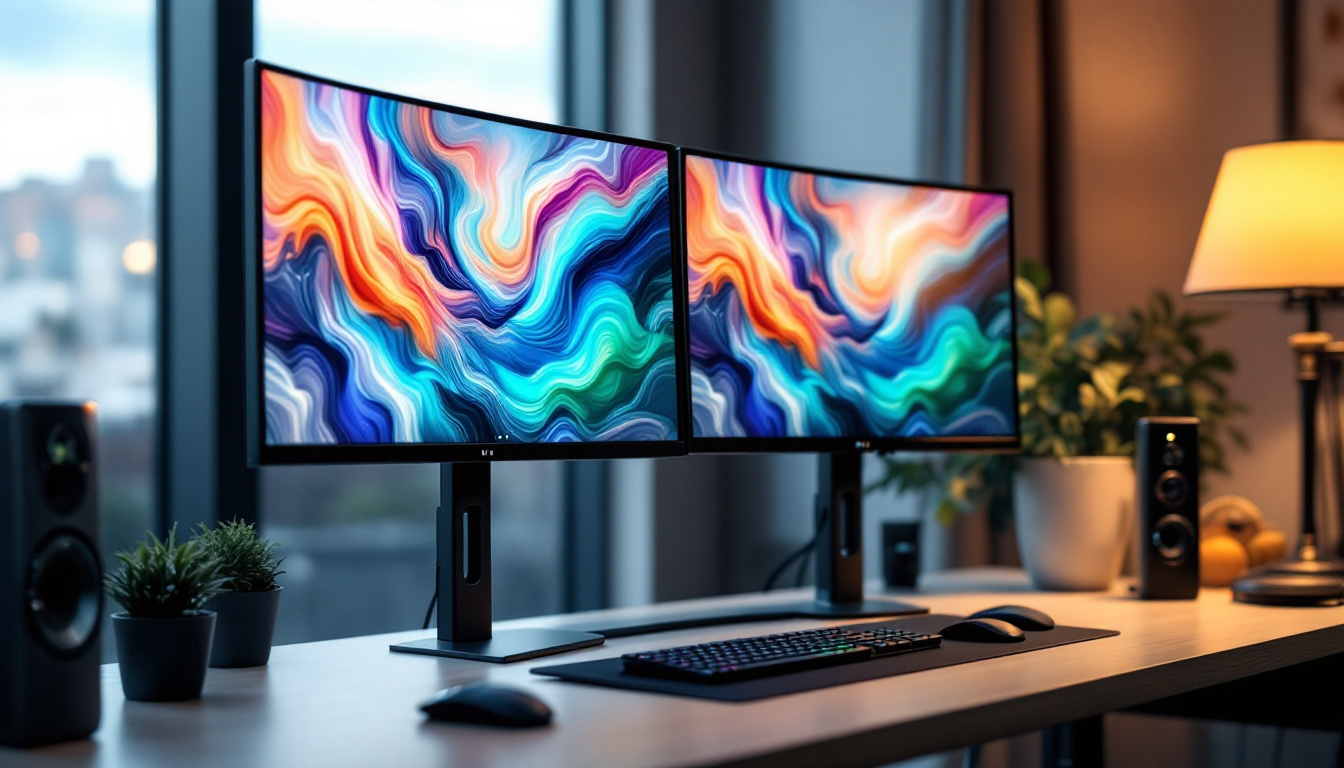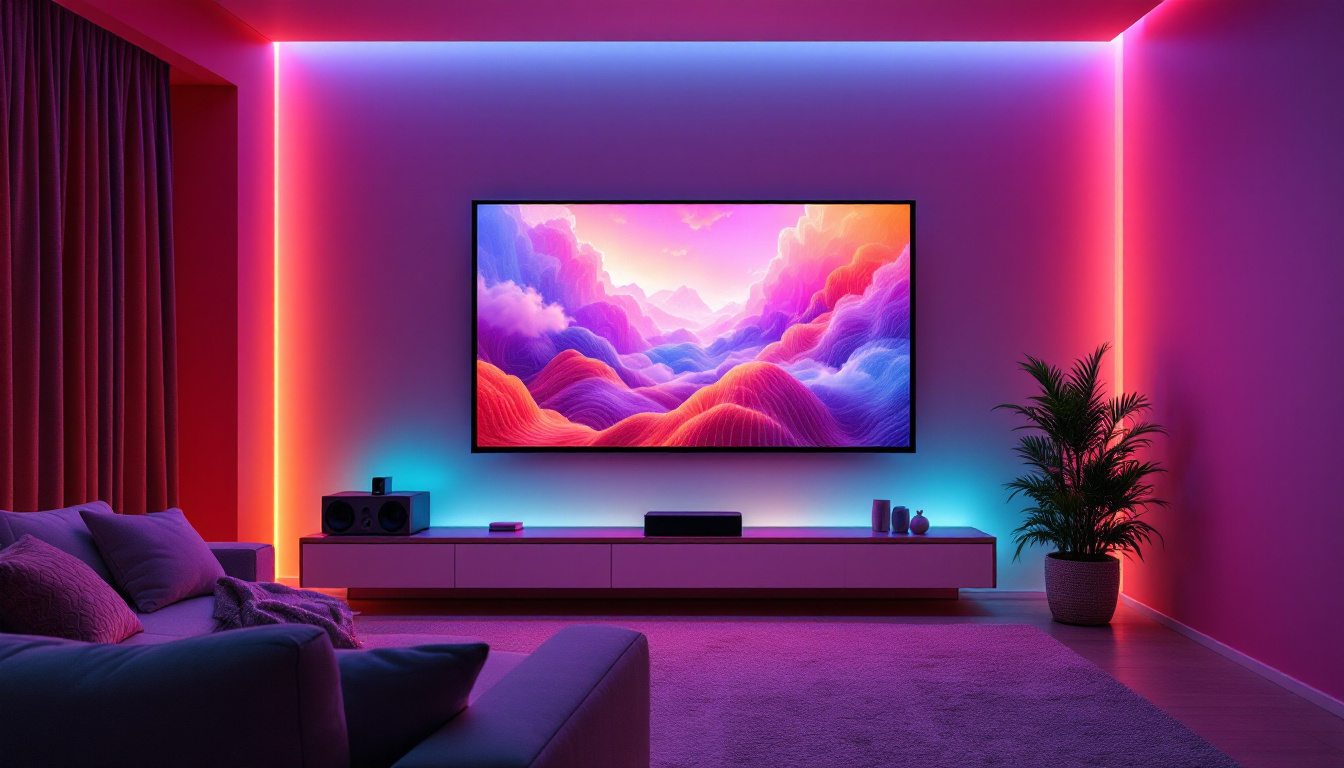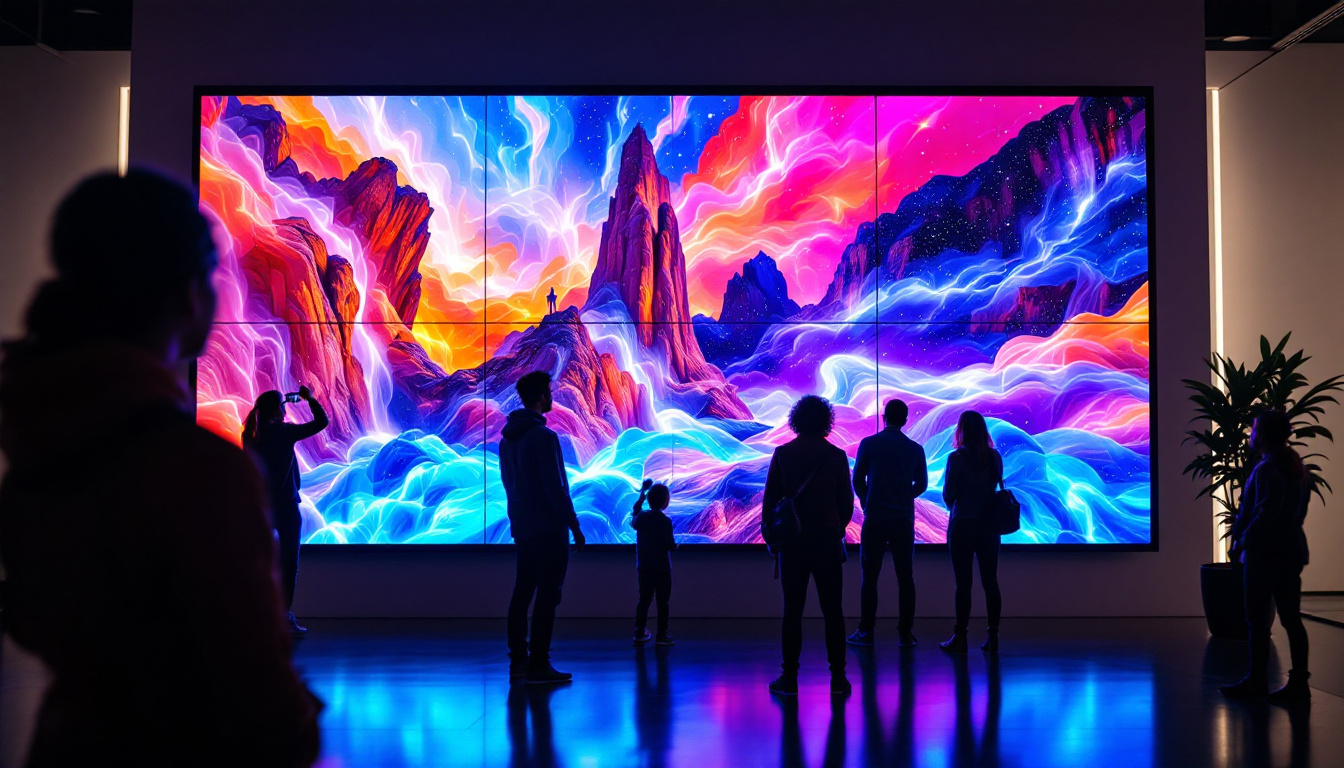In the realm of technology, visual displays have become an integral part of our daily lives. From smartphones to large-scale advertising boards, the way we perceive size and resolution is crucial. One common unit of measurement that often comes into play is the inch. Understanding how big an inch is, especially in the context of LED displays, can enhance our appreciation for the technology that surrounds us. This article delves into the concept of an inch, its significance in LED displays, and how it affects our viewing experience.
The Basics of Measurement: What Is an Inch?
An inch is a unit of length in the imperial system, primarily used in the United States and a few other countries. It is equivalent to 2.54 centimeters. The inch has a rich history and has been used for centuries as a standard measurement for various applications, from carpentry to textiles.
In the context of displays, understanding the size of an inch is essential for evaluating screen dimensions, pixel density, and overall resolution. For instance, a 24-inch monitor will have a different viewing experience compared to a 32-inch monitor, even if both displays have the same resolution. The size difference can impact not only the clarity of images but also the comfort level during prolonged use, as larger screens often allow for more immersive experiences, whether in gaming, graphic design, or watching movies.
Historical Context of the Inch
The inch has its origins in ancient civilizations. The term is believed to have been derived from the Latin word “uncia,” which means one-twelfth. This measurement was initially based on the width of a man’s thumb. Over time, the inch was standardized, and its use spread across various fields, including engineering and design. In fact, the inch was officially defined in the 14th century by King Edward II of England, who established a yard as the distance from the tip of his nose to the end of his thumb, thus creating a more consistent measurement system.
Today, the inch is commonly used in the United States for measuring everything from furniture to technology. However, in many parts of the world, the metric system is preferred, which can lead to confusion when comparing measurements. This discrepancy is particularly evident in industries such as automotive and electronics, where international collaboration is common. As a result, many manufacturers have adopted dual measurement systems to cater to a global audience, ensuring that products can be easily understood and utilized regardless of the measurement system in use.
Inch vs. Centimeter: A Comparative Look
While the inch is a staple in the imperial system, the centimeter is a fundamental unit in the metric system. Understanding the difference between these two units is essential, especially for international consumers. One inch is equal to 2.54 centimeters, which means that a 10-inch display would measure approximately 25.4 centimeters. This conversion is particularly important in fields such as fashion and design, where precise measurements can significantly affect the final product.
When shopping for displays, it is crucial to pay attention to the unit of measurement being used. Many manufacturers provide specifications in both inches and centimeters, allowing consumers to make informed decisions based on their preferences. Furthermore, the pixel density, often measured in pixels per inch (PPI), can also vary between displays of the same size but different resolutions. This means that a 24-inch display with a higher PPI will offer sharper images than a lower PPI display of the same size, making it essential for consumers to consider both size and resolution when making a purchase. Understanding these nuances can greatly enhance the user experience, ensuring that the chosen device meets both practical and aesthetic needs.
Understanding LED Displays
Light Emitting Diodes (LEDs) have revolutionized the way we experience visual content. LED displays are used in a variety of applications, from televisions and computer monitors to digital billboards and signage. The technology behind LED displays allows for vibrant colors, high contrast ratios, and energy efficiency.
One of the key aspects of LED displays is their size, which is often measured diagonally in inches. This diagonal measurement helps consumers gauge the overall dimensions of the display, which can impact both aesthetics and functionality.
How LED Displays Work
LED displays function by using a series of tiny light-emitting diodes to create images. Each pixel on the screen consists of red, green, and blue LEDs that combine to produce a wide spectrum of colors. The arrangement and density of these pixels determine the display’s resolution and clarity.
For example, a display with a higher pixel density (measured in pixels per inch, or PPI) will produce sharper images and finer details. This is particularly important for applications such as graphic design, gaming, and high-definition video playback.
Types of LED Displays
There are several types of LED displays, each designed for specific applications. The most common types include:
- Direct View LED: These displays consist of individual LEDs that are directly visible to the viewer. They are often used in large outdoor signage and are known for their brightness and visibility in direct sunlight.
- LED-backlit LCD: These displays use LED technology to illuminate an LCD panel. This combination allows for thinner screens and better color accuracy compared to traditional LCDs.
- Organic LED (OLED): OLED displays utilize organic compounds that emit light when an electric current is applied. They offer superior contrast ratios and color reproduction, making them popular for high-end televisions and smartphones.
The Importance of Size in LED Displays
When it comes to LED displays, size matters. The dimensions of a display can significantly influence the viewing experience, whether it’s for personal use or commercial applications. Understanding how size impacts visibility, resolution, and overall performance is essential for making informed choices.
Viewing Distance and Size
The ideal viewing distance for an LED display is often determined by its size and resolution. Larger displays generally require a greater viewing distance to ensure that the viewer can take in the entire image without straining their eyes. For instance, a 55-inch television may be best viewed from a distance of 7 to 10 feet, while a 32-inch display may only need a distance of 4 to 6 feet.
In commercial settings, such as retail environments or trade shows, understanding the appropriate size for the intended viewing distance is crucial. Displays that are too small may not capture attention, while those that are excessively large can overwhelm viewers.
Resolution and Pixel Density
Resolution is another critical factor influenced by size. The resolution of a display refers to the number of pixels it contains, typically expressed as width x height (e.g., 1920 x 1080). Higher resolutions allow for more detail, but they also require a larger display to fully appreciate the increased pixel density.
For example, a 4K display (3840 x 2160) will appear sharper than a Full HD display (1920 x 1080) at the same size. However, if the viewer is too far away from the screen, the difference in resolution may not be noticeable. Therefore, selecting the right size and resolution combination is essential for optimal viewing.
Visualizing an Inch: Practical Examples
To truly understand how big an inch is, it can be helpful to visualize it in practical terms. Here are a few common items that can serve as reference points for measuring an inch:
Everyday Objects
Many everyday objects can help illustrate the size of an inch. For instance, a standard paperclip is approximately 1 inch long. Similarly, a large coin, such as a quarter, has a diameter of about 1 inch. These familiar items can provide a tangible sense of scale when considering display sizes.
In the context of LED displays, knowing that a 24-inch screen measures 24 inches diagonally can help consumers visualize its size relative to their living space or workspace. This understanding can aid in selecting the right display for their needs.
Using a Ruler for Reference
A ruler is one of the most straightforward tools for visualizing an inch. By measuring out an inch on a ruler, individuals can gain a clear understanding of its length. This can be particularly useful when comparing the size of different displays or when determining how much space a new display will occupy.
For example, if a consumer is considering a 50-inch television, they can use a ruler to measure out the diagonal distance to see how it would fit in their living room. This hands-on approach can make the concept of size more relatable and practical.
Conclusion: Making Informed Choices
Understanding how big an inch is, particularly in the context of LED displays, is crucial for making informed decisions. Whether selecting a monitor for work, a television for entertainment, or a digital display for advertising, knowing the dimensions and how they relate to viewing distance and resolution can significantly enhance the experience.
As technology continues to evolve, the importance of visual displays will only grow. By grasping the fundamental concepts of size and measurement, consumers can navigate the world of LED displays with confidence, ensuring that they choose the right products for their needs.
In summary, an inch may seem like a simple measurement, but its implications in the world of technology are profound. By visualizing size through everyday objects and practical examples, individuals can better appreciate the role that size plays in their viewing experience. With this knowledge, consumers are empowered to make choices that align with their preferences and requirements.
Explore the World of LED Displays with LumenMatrix
Now that you understand the significance of an inch in the realm of LED displays, it’s time to experience the pinnacle of visual technology with LumenMatrix. As a leader in innovative LED display solutions, LumenMatrix offers a diverse range of products designed to transform your visual communication. From the immersive Indoor LED Wall Display to the dynamic Outdoor LED Wall Display, and from the versatile Vehicle LED Display to the sleek LED Poster Display, there’s a solution for every need. Embrace the future of digital signage with our LED Sports Display, Floor LED Display, Custom LED Display, All-in-One LED Display, and LED Transparent Display. Elevate your brand’s visibility and captivate your audience with unparalleled clarity. Check out LumenMatrix LED Display Solutions and let your message shine with impact.



